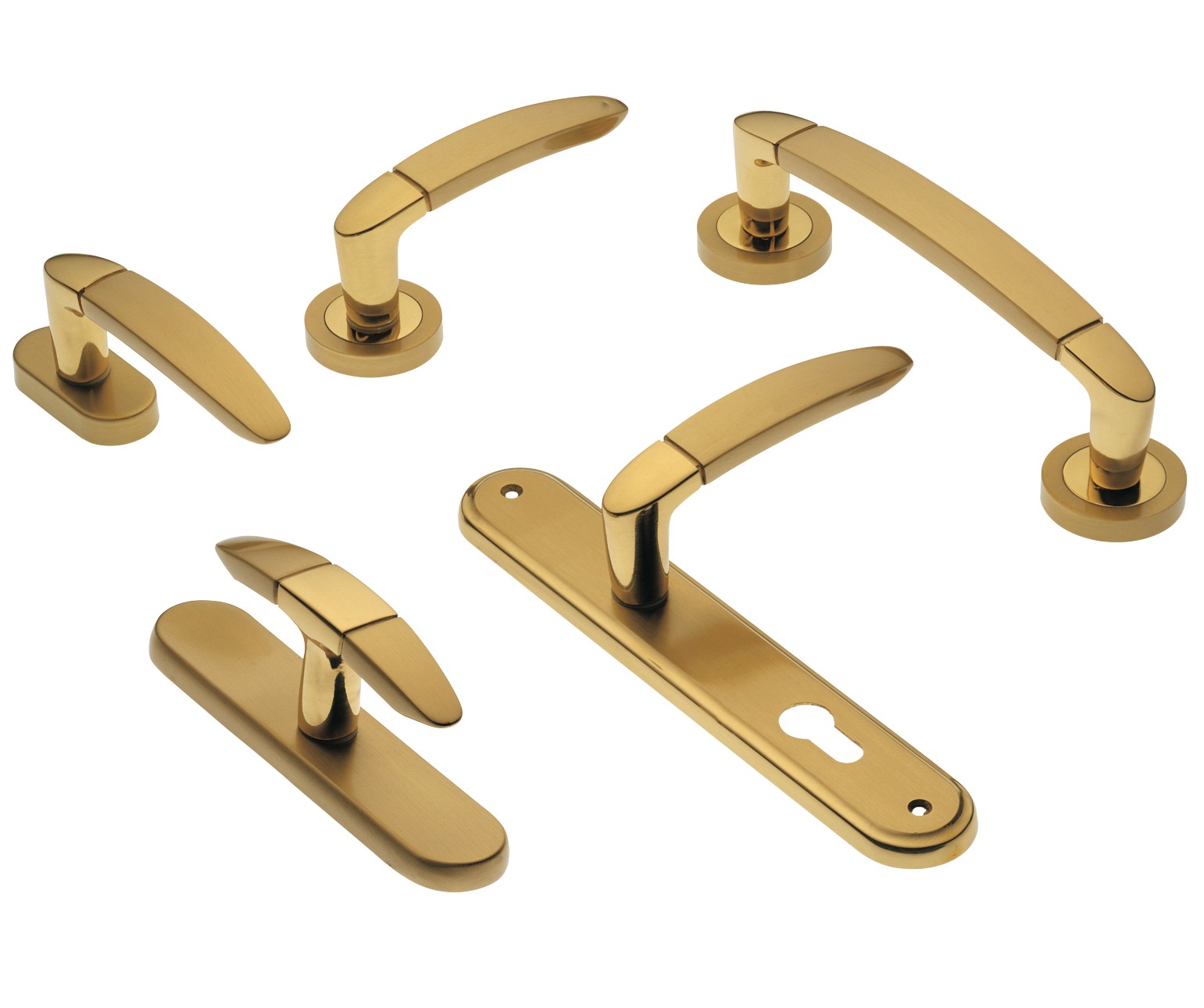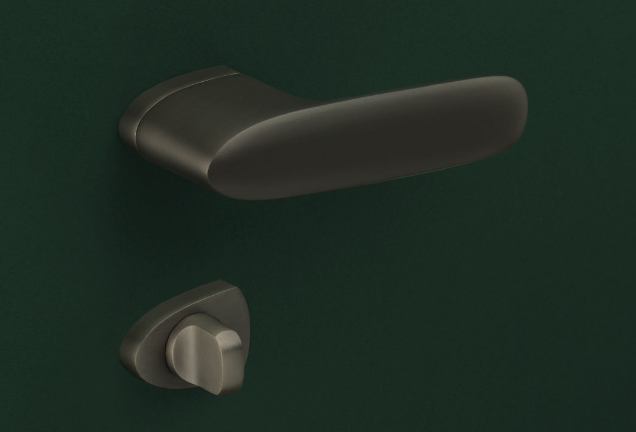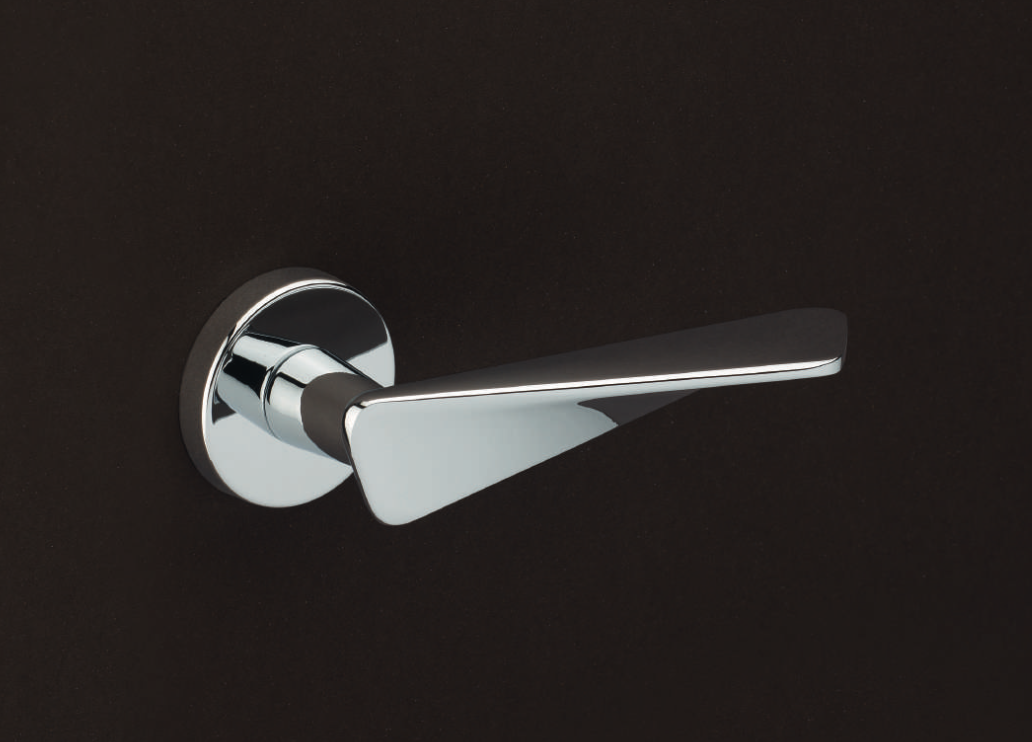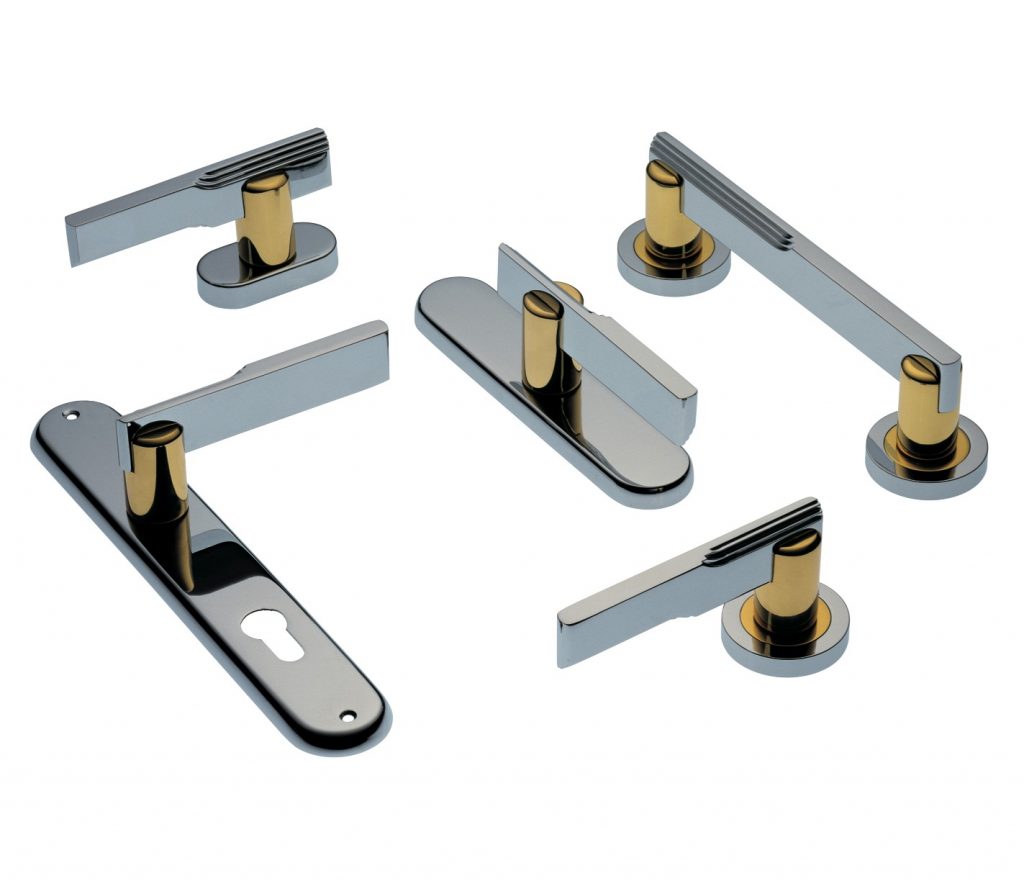In the realm of home design, the question of whether door hardware must match throughout a home has long been a topic of debate.
Traditionally, the consensus leaned towards uniformity, with matching door knobs, handles, and hinges seen as a hallmark of thoughtful design and aesthetic coherence. This approach, rooted in the old adage that consistency is key, aimed to create a seamless visual flow from room to room.
However, as interior design evolves, so too does the approach to selecting door hardware.
The modern home is increasingly viewed as a reflection of the individual’s personality, a canvas for personal expression rather than a showcase of adherence to traditional design rules.
This shift has ushered in a more flexible, creative approach to choosing door hardware, one that values uniqueness and personal preference over rigid uniformity.
Today, homeowners and designers alike are embracing the freedom to mix and match door hardware, exploring how different styles, finishes, and designs can complement the diverse spaces within a home.
The Debate: Matching vs. Mixing
The longstanding debate between matching and mixing door hardware encapsulates a broader discussion about design principles, personal expression, and the evolution of interior styling.
The Case for Matching
Uniformity and Cohesion
Matching door hardware across all elements—knobs, handles, hinges, and locks—creates a sense of uniformity and cohesion throughout the home. Proponents argue that a unified hardware scheme enhances the architectural integrity of a space, making it appear more thoughtfully designed and visually appealing.

Simplified Decision-Making
For many homeowners and designers, the decision to match hardware simplifies the selection process. With a myriad of design choices to be made during a renovation or build, opting for a single style or finish for door hardware can reduce complexity and decision fatigue.
Resale Value
Matching door hardware is often considered more appealing to potential buyers, as it presents a neutral and universally appealing aesthetic.
The Case for Mixing
Personalization and Character
The modern trend towards mixing door hardware reflects a broader shift towards personalization in home design. This approach allows homeowners to express their unique style and personality through their choice of finishes and designs.



Design Flexibility
Mixing door hardware offers greater design flexibility, enabling the integration of various styles and finishes to complement the distinct aesthetic of each room.
For example, a vintage brass knob may suit the historical character of a living room, while a sleek, matte black handle may better match the modern minimalism of a kitchen.
Cost-Effectiveness
In some cases, mixing hardware can be a more cost-effective solution. Homeowners may choose to invest in higher-quality hardware for high-traffic areas or exterior doors while opting for more budget-friendly options in less prominent spaces.
Navigating the Debate
Top Considerations for Matching
Architectural Style: The architectural style of the home can influence the choice of hardware. Traditional homes may benefit from a consistent hardware scheme that respects their historical integrity, while modern homes may lend themselves to a more eclectic approach.
Visual Flow: When opting for matching hardware, consider the visual flow between different spaces. A cohesive hardware scheme can unify disparate elements, contributing to a seamless transition from room to room.
Top Considerations for Mixing
Balance and Harmony: The key to successfully mixing door hardware is to maintain balance and harmony. This can be achieved by selecting hardware that shares common design elements or finishes, ensuring a cohesive look despite the variation.
Focal Points: Mixing hardware offers an opportunity to create focal points or highlight specific design features. Consider using distinctive hardware to draw attention to areas of interest, such as an ornate handle on a feature door.
Tips for Mixing Hardware While Maintaining a Cohesive Look
Maintain a Common Element: When mixing hardware, it’s crucial to maintain at least one unifying element. This could be a consistent finish, material, or design detail that ties different pieces together.
Balance Visual Weight: Mixing a heavy, ornate handle with a sleek, minimalist knob can create an imbalance. Aim for a harmonious blend that complements the room’s overall design.



Consider the Color Palette: The hardware’s color and finish should complement the room’s color palette. Warm-toned metals like brass or bronze work well with warm colors, while cool-toned metals like chrome or nickel pair nicely with cool colors.
Create Zones: In open-plan spaces, mixing hardware can help define different zones or functions within the area. Consistent hardware within each zone can delineate spaces while allowing for diversity across the broader area.
The goal remains the same: to create a harmonious and inviting home that reflects the lives and tastes of those who inhabit it.

